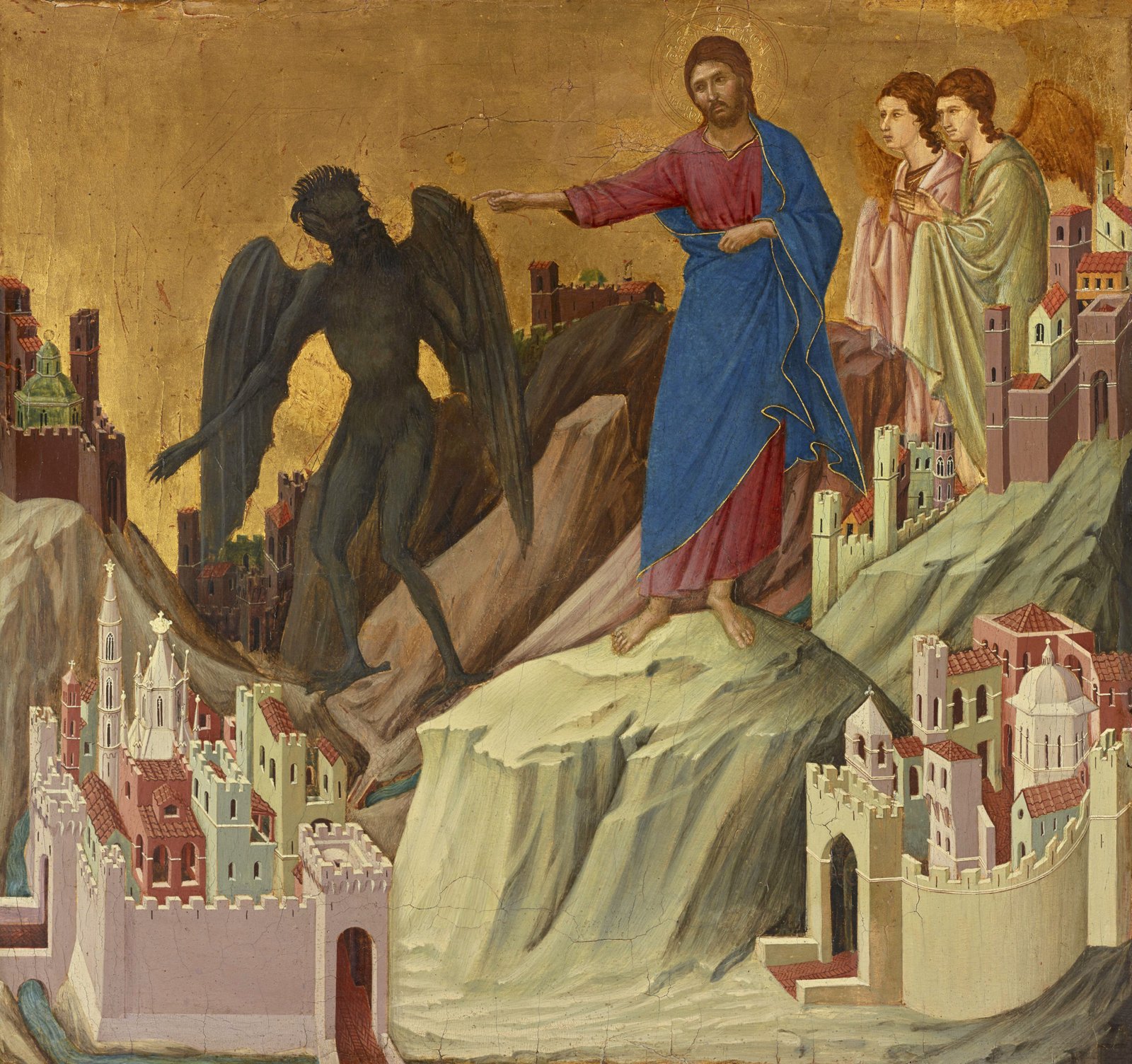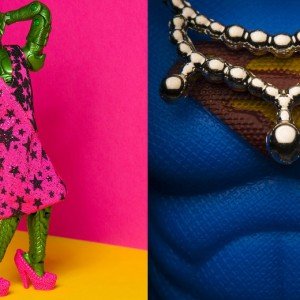The artistic representation of Jesus Christ in European art underwent a remarkable transformation from the earliest Christian communities through the medieval period. For those seeking to explore these historical depictions alongside biblical texts, searches like “Spanish Bibles here” online provide valuable context for understanding how visual interpretations evolved alongside textual traditions. The chronological development of Christ’s image in European art reflects not only changing artistic techniques but also shifting theological perspectives and cultural influences that shaped Christian iconography for centuries.
The Pre-Constantinian Era: Symbolic Beginnings (1st-3rd Centuries)
During Christianity’s earliest centuries, direct depictions of Christ were extraordinarily rare due to both practical persecution concerns and theological hesitations about representing the divine in human form. The few surviving examples from this period demonstrate a cautious approach to Christian imagery, often relying on symbolic rather than literal representations.
The earliest known depiction of Christ appears in the Dura-Europos church in Syria, dating to approximately 240 CE. This fresco shows Christ as a young, beardless figure healing the paralytic, establishing a youthful iconographic tradition that would persist for several centuries. Archaeological evidence from Roman catacombs reveals that early Christians preferred symbolic representations such as the fish (ichthys), the Good Shepherd motif, and the chi-rho monogram rather than direct portrayals of Christ’s face.
The artistic style of these earliest depictions drew heavily from classical Roman traditions, presenting Christ in the familiar visual language of Greco-Roman culture. This approach made Christian imagery accessible to converts from pagan backgrounds while avoiding the controversial aspects of divine representation that troubled many early Christian theologians.
The Constantinian Revolution: Imperial Patronage and Artistic Expansion (4th Century)
The legalization of Christianity under Emperor Constantine in 313 CE marked a pivotal moment in the development of Christian art. The Edict of Milan not only ended persecution but also brought imperial patronage and resources to Christian artistic endeavors. This period witnessed the construction of magnificent basilicas adorned with elaborate Christian imagery, fundamentally transforming how Christ was depicted in European art.
The Lateran Baptistery mosaics from this period show Christ as a young, Apollo-like figure, reflecting the continued influence of classical aesthetic ideals. However, the scale and grandeur of these works represented a dramatic departure from the modest catacomb paintings of earlier centuries. Imperial support allowed artists to work with precious materials and create monumental works that established new standards for Christian iconography.
Constantine’s own commissioning of Christian art, including the lost mosaics in the original St. Peter’s Basilica, set precedents that would influence Christian artistic production for generations. The emperor’s personal involvement in determining iconographic programs demonstrated the political and theological significance that visual representations of Christ had acquired by the fourth century.
Byzantine Foundations: The Emergence of Icon Tradition (5th-6th Centuries)
The Byzantine period marked the beginning of a more systematic approach to depicting Christ, establishing iconographic conventions that would dominate European Christian art for centuries. The famous Christ Pantocrator mosaic in the apse of Santa Pudenziana in Rome, created around 400 CE, represents one of the earliest examples of Christ depicted as a mature, bearded figure seated in majesty.
This period saw the development of the encaustic icon tradition, with the famous Christ Pantocrator icon at Saint Catherine’s Monastery in Sinai serving as perhaps the most significant surviving example. Created in the sixth century, this icon established the dual-nature representation of Christ, with one side of his face showing divine mercy and the other divine judgment, reflecting sophisticated theological concepts through artistic technique.
Byzantine artists developed increasingly complex iconographic programs that integrated Christ’s image into broader theological narratives. The dome mosaics of Ravenna’s churches, particularly those in San Vitale and Sant’Apollinare Nuovo, demonstrate how Christ’s depiction became central to expressing imperial and ecclesiastical authority through visual means.
Carolingian Renaissance: Northern European Innovations (8th-9th Centuries)
The Carolingian Renaissance brought renewed interest in classical learning and artistic production to Northern Europe, significantly influencing how Christ was depicted in Frankish territories. The Palace School of Charlemagne produced illuminated manuscripts that combined Byzantine iconographic traditions with distinctly Northern European artistic sensibilities.
The Godescalc Evangelistary, created between 781 and 783 CE, exemplifies this fusion of traditions. Its depiction of Christ shows clear Byzantine influence in the facial features and pose, while the decorative elements and color palette reflect Carolingian aesthetic preferences. This synthesis created a distinctly European approach to Christian iconography that would influence subsequent artistic developments.
Carolingian ivory carvings, such as those on the Lorsch Gospels cover, demonstrate the period’s sophisticated approach to three-dimensional representations of Christ. These works show increased attention to emotional expression and narrative detail, moving beyond the static, symbolic representations of earlier periods toward more dynamic and psychologically complex portrayals.
Ottonian Art: Germanic Traditions and Imperial Symbolism (10th-11th Centuries)
The Ottonian period witnessed the development of distinctly Germanic approaches to depicting Christ, often emphasizing imperial symbolism and apocalyptic themes. The Reichenau school of manuscript illumination produced works like the Pericopes of Henry II, which present Christ in contexts that clearly parallel earthly imperial authority.
Ottonian artists demonstrated particular skill in bronze casting, creating works like the doors of St. Michael’s in Hildesheim that present Christ within complex narrative cycles. These monumental works show Christ in various roles – teacher, judge, savior – reflecting the period’s theological sophistication and artistic ambition.
The period’s emphasis on apocalyptic imagery, particularly in works like the Bamberg Apocalypse, presented Christ as the triumphant judge of the Second Coming. These depictions often emphasized Christ’s divine rather than human nature, reflecting contemporary theological debates about the relationship between Christ’s dual natures.
Romanesque Developments: Monumental Art and Popular Devotion (11th-12th Centuries)
The Romanesque period marked the full flowering of monumental Christian art in Europe, with tympanum sculptures and wall paintings presenting Christ to increasingly literate and theologically sophisticated audiences. The famous tympanum of Sainte-Foy in Conques exemplifies this period’s approach, presenting Christ as the judge of humanity within an elaborate iconographic program.
Romanesque artists developed innovative approaches to representing Christ’s human emotions and physical presence. The Mourning Virgin and Christ compositions found in works like the frescoes at Sant’Angelo in Formis demonstrate increased attention to psychological realism and emotional expression.
This period also witnessed the emergence of regional variations in Christ’s depiction, with different European regions developing distinctive artistic traditions while maintaining shared iconographic conventions. These regional differences reflected local theological emphases and cultural preferences, creating a rich diversity within the broader tradition of European Christian art.
The chronological development of Christ’s depiction in early European art reveals the complex interplay between theological doctrine, cultural influences, and artistic innovation that shaped Christian iconography. From the symbolic representations of the catacomb period through the monumental achievements of the Romanesque era, European artists created a visual language for expressing Christian beliefs that continues to influence religious art today.









